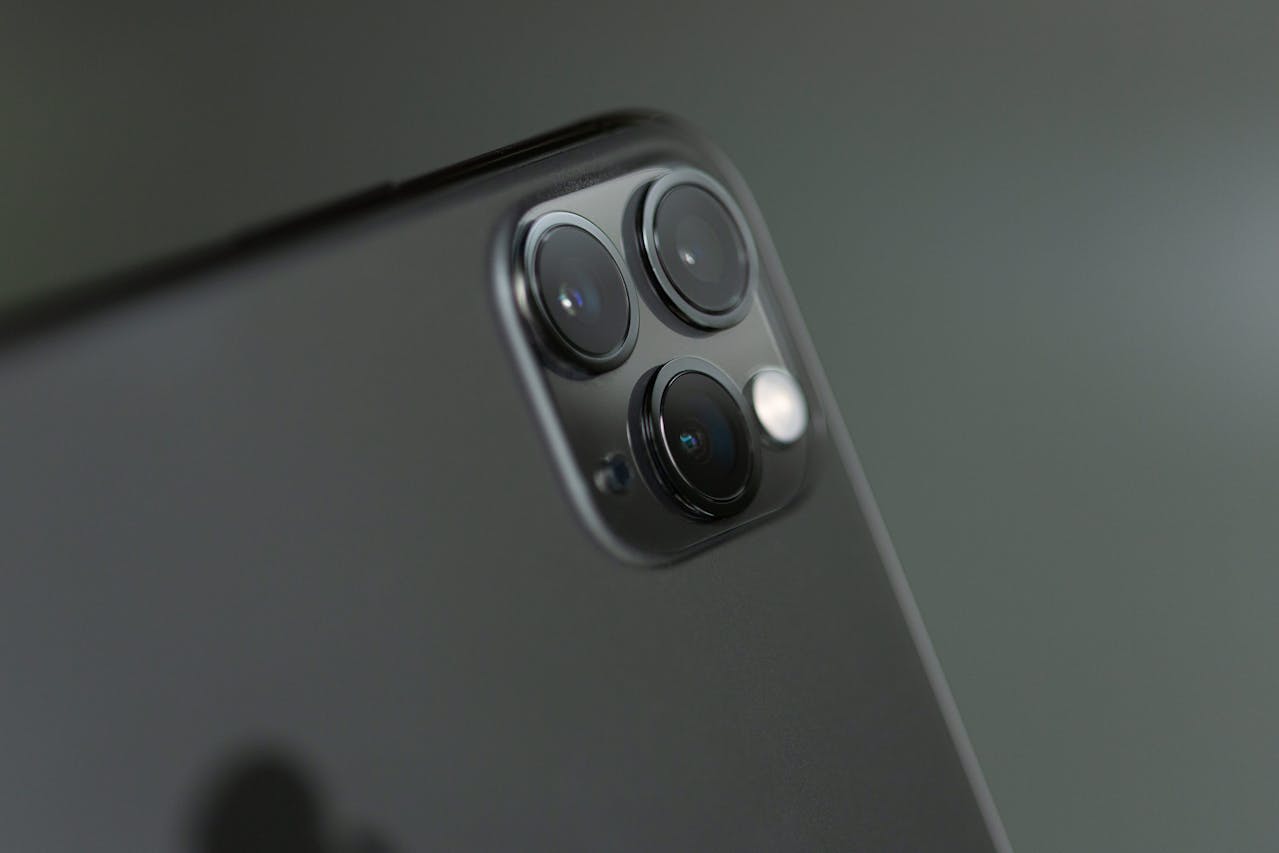The Emergence of Holographic Technology in Consumer Electronics
In the realm of sci-fi, holograms have long been an emblem of advanced technology. However, today this futuristic concept is evolving into a viable reality, promising to reshape our interaction with digital content. Here's a deep dive into the emergence of holographic technology in consumer electronics, tracing its historical roots, examining its current applications, and forecasting its future impacts.

Historical Background: From Sci-Fi to Reality
The concept of holography was introduced to the world by Hungarian-British physicist Dennis Gabor in the late 1940s. However, it took several decades and substantial advancements in light manipulation and computing power before holography began to transition from a scientific curiosity to a potentially transformative technology.
By the early 2000s, holographic technology had begun to creep into the public consciousness through popular culture, most notably in films and television shows like Star Wars and Iron Man. These depictions sparked public interest and spurred tech companies to explore the practical applications of holography.
Holography Today: More Than Just Projections
In recent years, holography has found its place in various industries. In the medical field, it has helped to revolutionize imaging by enabling 3D visualization of complex structures, such as the human brain. In entertainment, it has brought deceased artists back to life on stage.
However, consumer electronics are a promising frontier for holography. For example, Looking Glass Factory, a Brooklyn-based startup, has developed the world’s first desktop holographic display. Meanwhile, RED, a renowned digital cinema camera manufacturer, launched a holographic smartphone, though it was later discontinued due to lackluster sales.
The Future of Holography: A New Era of Interaction
With ongoing advancements in holography, we’re inching closer to a world where 3D holographic projections are as commonplace as smartphones and laptops. In the future, we might interact with digital content in a more immersive and intuitive way, with holographic interfaces replacing traditional screens.
Predicted to be a $5.5 billion market by 2025, the future of holography in consumer electronics seems promising. However, challenges remain, such as improving resolution, reducing energy consumption, and ensuring affordability for consumers.
A Technology Worth Watching
Holographic technology has come a long way from its sci-fi origins. Its integration into consumer electronics could herald a revolution in how we interact with digital content. While challenges remain, the potential of holography is undeniable. It’s a technology worth keeping an eye on as it continues to evolve and redefine the boundaries of digital interaction.
In conclusion, while holography is yet to become mainstream in consumer electronics, its potential to revolutionize how we interact with digital content makes it a technology worth watching. As research and development continue, it’s only a matter of time before holography leaps from the realm of sci-fi into our daily lives.




